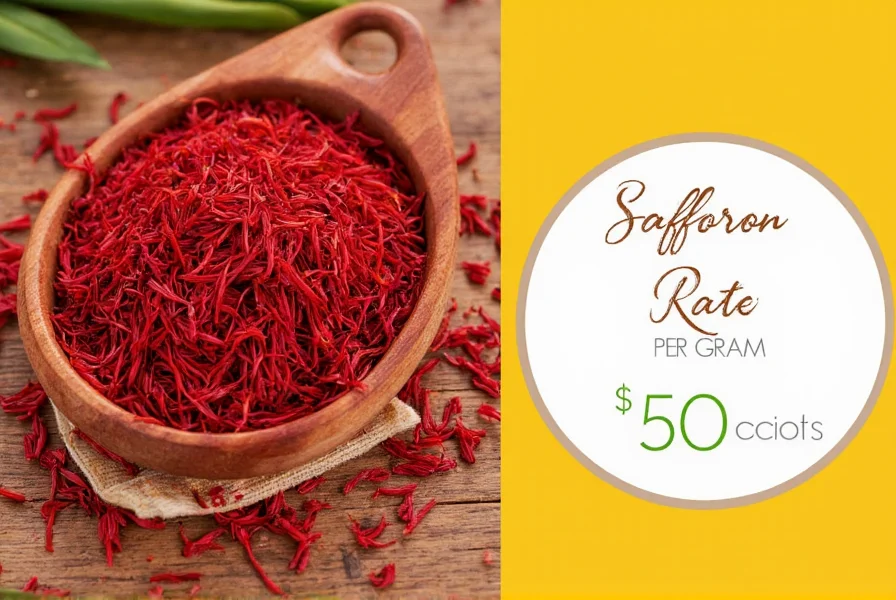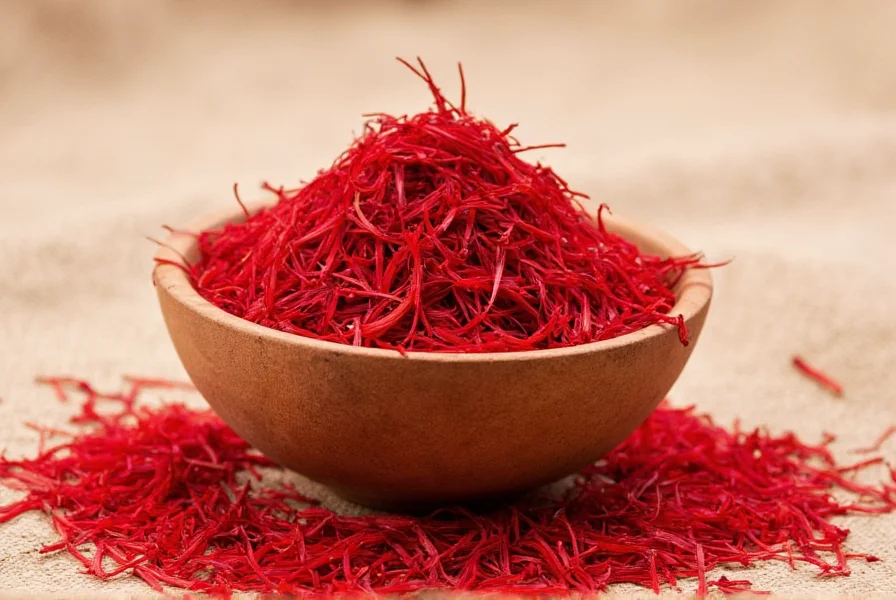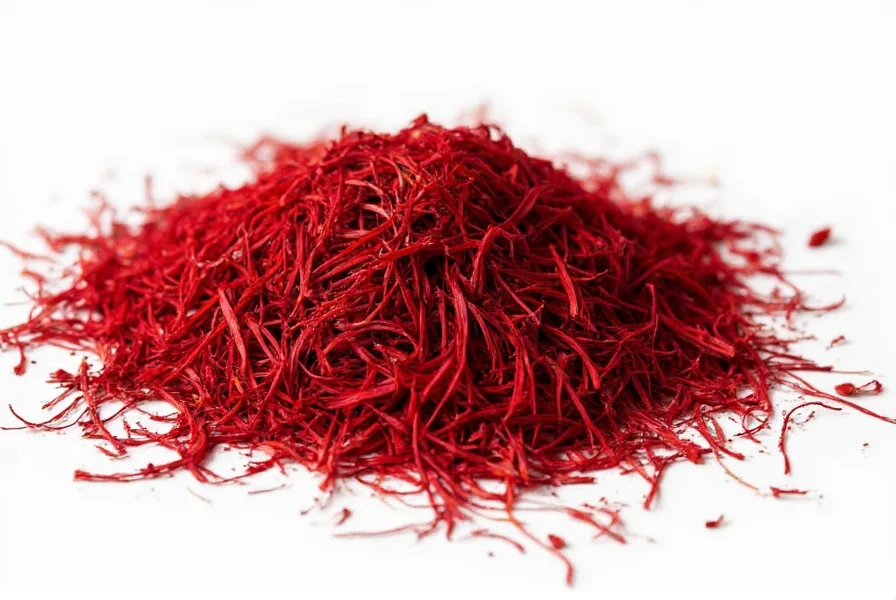Saffron's extraordinary price point makes understanding saffron cost per gram essential for both culinary enthusiasts and commercial buyers. As the world's most expensive spice by weight, its pricing reflects the meticulous hand-harvesting process where each delicate stigma must be carefully extracted from crocus flowers. This comprehensive guide examines current market rates, quality factors affecting price, and how to determine fair value when purchasing this precious spice.
Why Saffron Commands Premium Pricing
The current saffron price per gram stems from its exceptionally labor-intensive production. Each Crocus sativus flower yields only three stigmas, which must be hand-picked at dawn when the flowers are still closed. It takes approximately 150 flowers to produce just one gram of dried saffron threads. This intensive manual process, combined with the limited growing regions (primarily Iran, Spain, and India), creates natural supply constraints that maintain saffron's premium pricing structure.
Global Saffron Pricing Structure
Saffron quality is officially classified into four categories based on ISO 3632 standards, with Category I representing the highest quality. These classifications directly impact the market rate of saffron per gram across different markets:
| Quality Grade | Coloring Strength | Retail Price per Gram | Typical Use Cases |
|---|---|---|---|
| Category I (Super Negin) | 250+ (deepest red) | $0.80 - $1.50 | Gourmet cooking, premium products |
| Category II (Sargol) | 200-250 | $0.60 - $0.90 | Professional kitchens, quality restaurants |
| Category III (Pushal) | 150-200 | $0.40 - $0.70 | Home cooking, general culinary use |
| Category IV (Bunch) | 80-150 | $0.30 - $0.50 | Industrial food production |
This saffron price chart per gram demonstrates how quality directly correlates with cost. Category I saffron contains only the red stigma tips with the highest concentration of crocin (the compound responsible for saffron's color and many health benefits), while lower grades include yellow styles that dilute potency.

Regional Price Variations for Saffron
Where you purchase saffron significantly impacts the actual saffron cost per gram. Iranian saffron (accounting for 90% of global production) typically offers the best value, while Spanish and Kashmiri varieties command premium pricing:
- Iranian saffron: $0.40-$1.20 per gram (most common in global market)
- Spanish saffron: $0.70-$1.50 per gram (often marketed as "La Mancha")
- Kashmiri saffron: $0.90-$1.80 per gram (limited production, unique flavor)
- Italian saffron: $0.60-$1.30 per gram (smaller production scale)
These regional saffron price differences per gram reflect not only quality variations but also branding, import costs, and marketing strategies. Many "Spanish" saffron products actually contain Iranian saffron that's been repackaged in Spain, which explains their higher price point.
Factors Influencing Saffron Value Assessment
When evaluating is saffron price per gram reasonable, consider these critical factors beyond the sticker price:
Purity and Adulteration Risks
Up to 50% of commercially available saffron contains fillers or substitutes. Common adulterants include:
- Meadow saffron (toxic and dangerous)
- Artificially colored corn silk
- Safflower or marigold petals
- Beetroot powder
Authentic saffron should have a sweet-honey aroma, not musty or medicinal. When soaked in warm water, genuine saffron releases a gradual golden-yellow color, not an immediate red hue.
Packaging and Storage Impact
Properly stored saffron maintains potency for 2-3 years, but degrades rapidly with exposure to light, heat, or moisture. Vacuum-sealed, dark glass containers preserve quality better than plastic packaging, justifying slightly higher premium saffron price per gram for quality packaging.

Calculating True Value: Cost Per Use Analysis
When determining is this saffron price per gram good, consider the cost per culinary application rather than just the per-gram price. A single gram of premium saffron (approximately 463 threads) can flavor 8-10 servings of paella or risotto. This makes the effective cost per dish only $0.08-$0.15 when using Category I saffron, representing excellent value for such a distinctive flavor.
Compare this to lower-grade saffron that may require double the quantity to achieve similar coloring and flavor, effectively negating any initial price savings. This real saffron value per gram calculation reveals why premium grades often provide better long-term value despite higher upfront costs.
Market Trends Affecting Future Saffron Pricing
Several factors are influencing future saffron price per gram projections:
- Climate change impact: Drought conditions in Iran (producing 90% of global supply) have reduced yields by 15-20% in recent years
- Rising labor costs: Harvesting requires skilled workers paid increasingly higher wages
- Increased demand: Global demand has grown 4.5% annually over the past decade
- Alternative production: New cultivation in Greece, Morocco, and even the US may stabilize future prices
Industry analysts predict a gradual 3-5% annual increase in saffron prices over the next five years, making current saffron market rate per gram potentially more favorable for bulk purchasing.
Frequently Asked Questions
Why does saffron cost vary so dramatically per gram between sellers?
Saffron price variations stem from quality differences (ISO 3632 grading), origin authenticity, packaging methods, and potential adulteration. Premium Category I saffron contains only red stigma tips with highest crocin content, while lower grades include yellow styles that dilute potency. Many sellers market Iranian saffron as Spanish to command higher prices, creating significant price discrepancies for comparable quality.
How can I verify if saffron price per gram represents good value?
Evaluate saffron value by checking ISO grading documentation, performing the water test (authentic saffron releases golden-yellow color gradually, not immediate red), and calculating cost per culinary use. Premium saffron may cost more per gram but requires less quantity per dish. Prices below $0.35 per gram for retail purchases typically indicate adulterated or extremely low-grade product.
What's the minimum acceptable saffron price per gram for quality product?
For authentic, unadulterated saffron, retail prices below $0.30 per gram should raise concerns about quality or authenticity. Commercial grade (Category III) typically starts around $0.35 per gram, while premium Category I saffron generally costs $0.80 or more per gram. Prices significantly below these thresholds often indicate fillers, artificial coloring, or misrepresentation of quality grade.
Does organic certification significantly increase saffron price per gram?
Organic certification typically adds 15-25% to saffron's base price per gram, reflecting the labor-intensive certification process rather than dramatically different cultivation methods. Since saffron crocuses naturally require minimal pesticides, the organic premium mainly covers certification costs. The quality difference between certified organic and conventional saffron is often negligible, making the organic premium less significant than quality grade differences.











 浙公网安备
33010002000092号
浙公网安备
33010002000092号 浙B2-20120091-4
浙B2-20120091-4